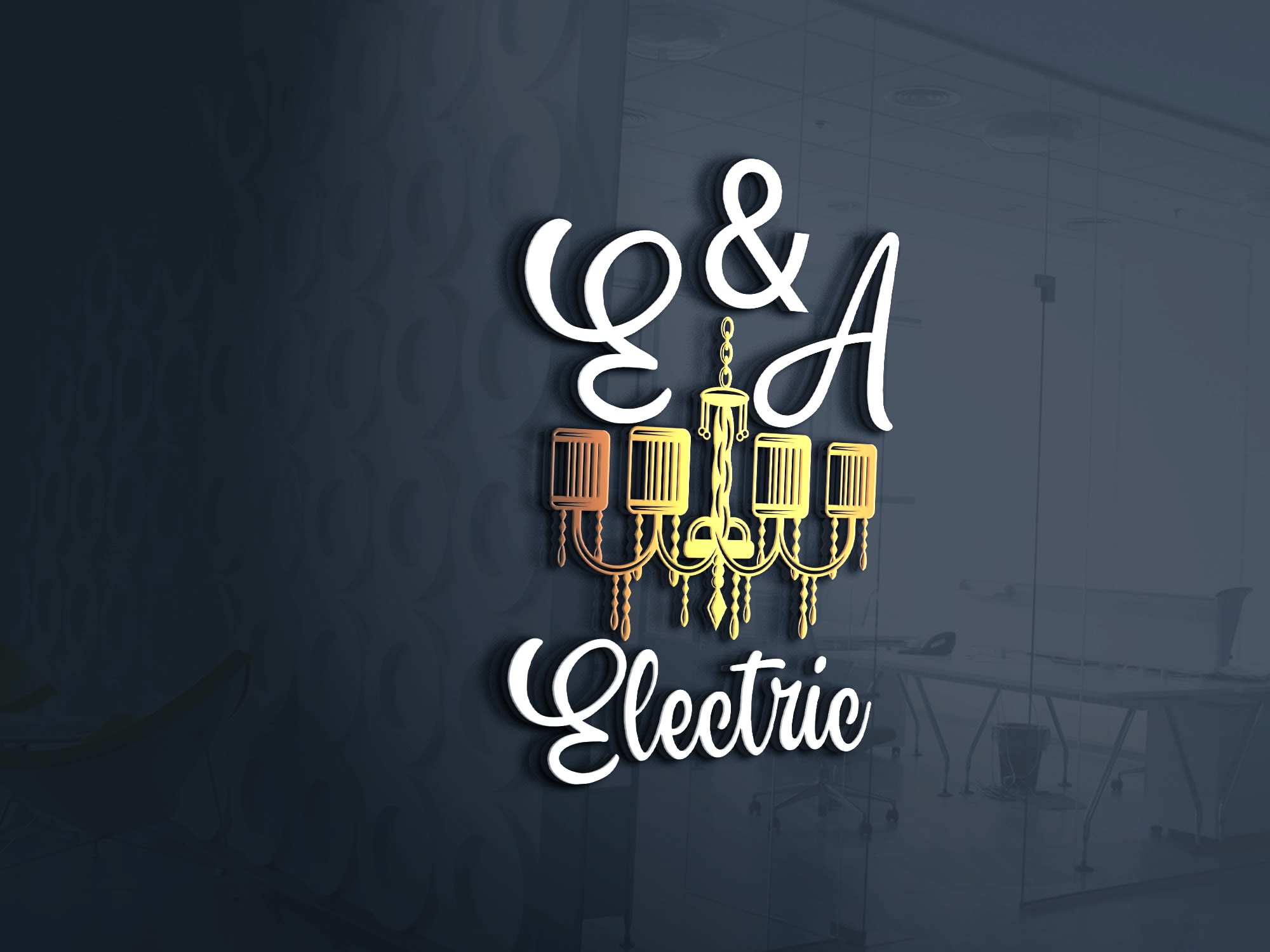
The Key Differences Between Types of Lighting: Ambient, Task, and Accent

When it comes to designing or upgrading your home’s lighting, it’s not just about choosing the right bulb — it’s also about choosing the right type of lighting. Every room needs a balanced mix of lighting types to create a functional, comfortable, and inviting space. Let’s break down the three main categories of lighting and how to use them effectively:
1. Ambient Lighting (General Lighting)
What it is:
Ambient lighting provides the overall illumination of a room. It’s the foundation — the light that fills the space so you can move around safely and comfortably.
Examples include:
- Ceiling-mounted fixtures
- Recessed lighting
- LED panels
- Natural light through windows
Where to use it:
Everywhere — it’s your room’s base lighting. Think living rooms, kitchens, bedrooms, hallways, and bathrooms.
Pro tip:
Use dimmable ambient lights to control the mood of a space, especially in areas like dining rooms or bedrooms.
2. Task Lighting
What it is:
Task lighting is focused and functional. It helps you see clearly while performing specific activities like reading, cooking, grooming, or working.
Examples include:
- Under-cabinet lights in the kitchen
- Desk lamps
- Vanity lights in bathrooms
- Pendant lights over counters or islands
Where to use it:
Anywhere you perform daily tasks. Kitchens, offices, bathrooms, and workshops all benefit from dedicated task lighting.
Pro tip:
Make sure task lighting is bright but not harsh, and aim to reduce shadows by placing lights correctly.
3. Accent Lighting (Highlighting)
What it is:
Accent lighting adds drama and style by drawing attention to specific features — artwork, architectural details, or even plants.
Examples include:
- Track lighting
- Wall sconces
- LED strip lights
- Picture lights
Where to use it:
Living rooms, hallways, galleries, or anywhere you want to showcase décor or create a focal point.
Pro tip:
Use accent lighting to create depth in a room and complement the ambient and task lighting already in place.
💡 Wrapping It Up: Why Layering Matters
A well-lit room typically uses all three types of lighting:
✔ Ambient to light the room evenly
✔ Task to focus on specific needs
✔ Accent to add character and interest
Whether you’re renovating your home or planning a new lighting project, understanding these differences helps you make smart, stylish, and practical lighting choices.
Get in Touch with Our Team
Have an electrical issue or question? Don't hesitate to reach out to our team at E&A Electric LLC. Whether you need help with a specific problem or just want to learn more about our services, we're here to help.
